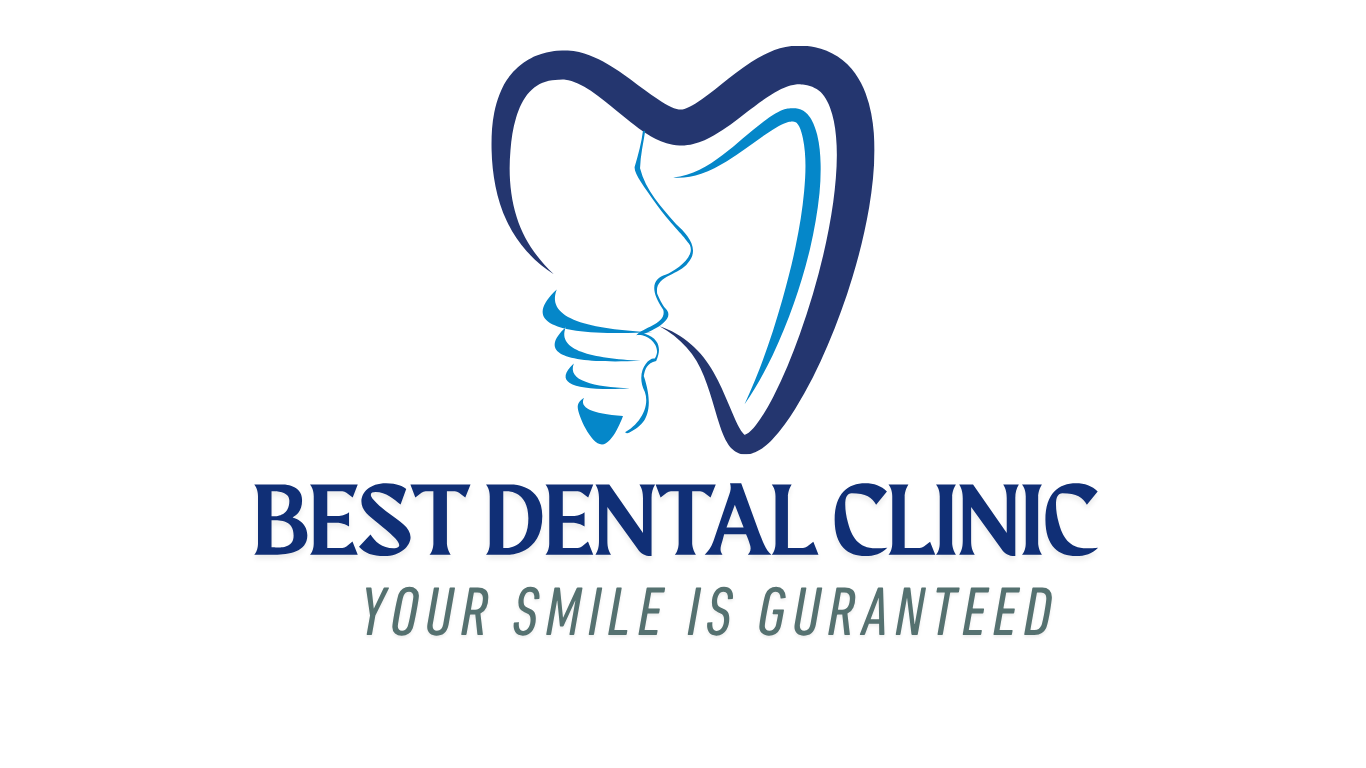Minor Surgery
Impaction
Impaction in dentistry refers to a condition where a tooth is unable to fully emerge (erupt) through the gum line into its normal position in the mouth. This usually happens because there isn’t enough space in the jaw or because the tooth is coming in at an incorrect angle. The most commonly impacted teeth are the third molars, also known as wisdom teeth.
Causes of Impaction
- Lack of space in the jaw
- Overcrowding of teeth
- Abnormal tooth angulation
- Thick or overlying gum tissue or bone
Treatment
Impacted teeth, especially wisdom teeth, are often surgically removed to prevent or resolve complications. The decision depends on factors like symptoms, tooth position, and potential risk to oral health.
Frenectomy
A frenectomy is a minor surgical procedure that involves the removal or modification of a frenum—a small fold of tissue that connects or restricts movement in certain areas of the mouth. There are two main types of frena in the oral cavity: the labial frenum, which connects the upper or lower lip to the gums, and the lingual frenum, which connects the underside of the tongue to the floor of the mouth.
When is a Frenectomy Needed?
-
Presence of a large gap between upper front teeth
-
Difficulty in breastfeeding due to restricted tongue movement (in infants)
-
Speech difficulties in children or adults
-
Recession of the gums due to a pulling frenum
-
Difficulty in cleaning or maintaining oral hygiene
-
Orthodontic or prosthodontic treatment preparation
Treatment
A frenectomy is a quick, outpatient procedure typically done under local anesthesia. The dentist or oral surgeon cuts or removes the problematic frenum using:
-
Scalpel (traditional method)
-
Laser (more modern and less invasive, with faster healing and minimal bleeding)
Tongue-Tie Removal
Tongue-tie removal, also known as a lingual frenectomy or frenotomy, is a minor surgical procedure performed to correct a condition called ankyloglossia—where the lingual frenum (the small band of tissue under the tongue) is too short, thick, or tight. This restricts the tongue’s range of motion and can interfere with normal functions like breastfeeding, speaking, swallowing, and even oral hygiene.
Benefits of Tongue-Tie Removal
-
Improved breastfeeding in infants (better latch and feeding)
-
Enhanced speech clarity
-
Greater tongue mobility for eating and swallowing
-
Better oral hygiene and comfort
-
Boost in self-confidence and communication skills
Laser Coronoplasty
Laser coronoplasty refers to the laser trimming of the gums to:
-
Relieve pressure from swollen or overgrown gum tissue
-
Expose more of the tooth crown
-
Help erupting wisdom teeth (3rd molars) come out more easily
-
Improve oral hygiene access in tight areas
Genioplasty
Genioplasty (often spelled as genoplasty) is a type of cosmetic or corrective surgery performed on the chin to improve its shape, size, or position. It is commonly done to enhance facial harmony or correct structural issues caused by congenital conditions, trauma, or developmental problems. Genioplasty can be either sliding (bone-based) or implant-based, depending on the patient’s needs.
Treatment
-
Usually performed under general anesthesia
-
Incisions are often made inside the mouth to avoid visible scarring
-
Surgery time typically ranges from 1 to 2 hours
-
Patients may experience swelling, bruising, and mild discomfort for a few days
-
Recovery time is about 1 to 2 weeks, with full results visible in a few months
RHINOPLASTY
Rhinoplasty, commonly known as a “nose job,” is a surgical procedure that involves reshaping or resizing the nose to improve its appearance, function, or both. It is one of the most popular forms of cosmetic surgery and can be done for aesthetic reasons, medical reasons, or a combination of both.
Treatment
-
Typically performed under general anesthesia
-
Surgery lasts between 1 to 3 hours, depending on complexity
-
Temporary swelling, bruising, and nasal congestion are common
-
A splint is worn on the nose for about a week
-
Full recovery may take several weeks to months, with final results appearing over time
